Clarity on Scope of Practice: The What, the How and the Why of Lifestyle Improvement

Health and wellness professionals are sometimes confused about the role each professional might play in helping individuals to live their best life possible. Our clients are seeking to be healthier by attaining such goals as losing weight, managing stress, stopping smoking, becoming less isolated, and often, managing a health challenge of some kind. To do so they need:
• excellent wellness information
• great treatment (if that is called for)
• and a way to make the lifestyle changes that will ensure lasting success.
So, who is responsible for what?

Health educators, fitness trainers, rehabilitation therapists, physical therapists, dieticians, physicians, and various treatment professionals can help their clients/patients to know what lifestyle behavioral changes will move them towards improved health and wellbeing. What we often hear from these medical and wellness pros is frustration with a lack of success on their client’s part in making the recommended changes and making them last. The reality is, most people simply don’t know that much about how to change the ingrained habits of a lifetime.
The physical therapist works with their client in their session and sends them home with exercises that must be done every day. The dietician creates a fantastic meal plan that their client must put into practice. The fitness professional creates a tailor-made workout plan, but their client needs to exercise on their own, not just in front of their trainer.
Health educators, treatment professionals, etc. provide the
WHAT
Health and Wellness Coaches provide the
HOW
Our Clients find their
WHY
Everyone’s challenge is the how. It takes more then will power and motivation. What is often lacking is an actual well-thought out plan that the client has co-created with the help of someone who can provide support, accountability and a well-developed behavioral change methodology. Translating the lifestyle prescription into action and fitting it in to an already busy life is often where, despite good intentions, our clients struggle. This is where having a trusted ally in the cause of one’s wellness pays off.
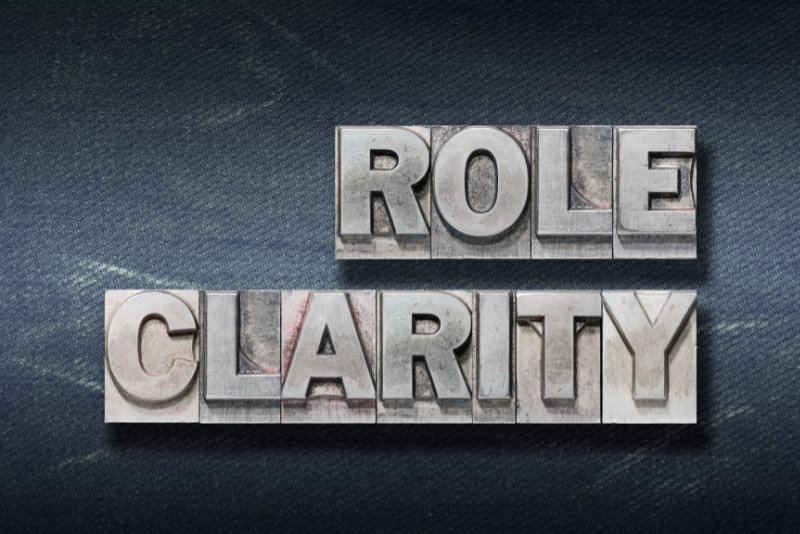
Role Clarity
As the field of health and wellness coaching grows, the challenge coaches sometimes face is clarity about their own role. Sometimes the confusion is all about the what and the how. For coaches to be proficient at “writing” the lifestyle prescription they need additional qualifications. It becomes a question of Scope of Practice.
To guide coaches the National Board for Health and Wellness Coaches (NBHWC) has developed a Scope of Practice Statement. Here is the part most relevant to our question.
“While health and wellness coaches per se do not diagnose conditions, prescribe treatments, or provide psychological therapeutic interventions, they may provide expert guidance in areas in which they hold active, nationally recognized credentials, and may offer resources from nationally recognized authorities such as those referenced in NBHWC’s Content Outline with Resources.” (https://nbhwc.org/scope-of-practice/ )
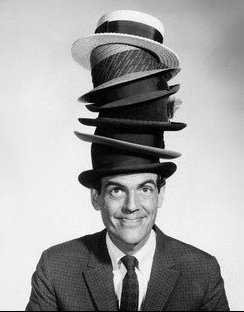 Wearing “Two Hats”
Wearing “Two Hats”
If coaches can “wear two hats” professionally they can combine the what and the how. Otherwise the key is to coordinate with other wellness professionals or work with the lifestyle prescription that their client already has.
When coaches do, or believe they do, “wear two hats” there are two key factors at play here. One is the guidance of the Scope of Practice above: “they may provide expert guidance in areas in which they hold active, nationally recognized credentials.” A dietician/coach can smoothly, but openly, go back and forth between helping their client discover ways in which their current diet needs to be improved and how to implement those recommendation in their life. A fitness trainer/coach can likewise shift between fitness instruction and strategizing with their client for how to fit their workouts into their lifestyle consistently enough to be effective.
The other factor is the agreement that the client has with their coach. In each of the two examples we just used the client has an agreement to receive both coaching and dietetic consultation, or to receive both coaching and fitness training. It’s a clear agreement from the start of services.
I recently reviewed a recording of a coaching session with a coach who was not a dietician or nutritional therapist. The coaching was going well until the client began talking about the KETO diet they were experimenting with. The session quickly devolved into a chat between what seemed like two friends who knew a few things about this diet from their own experience. A fine discussion for a couple of friends over a cup of tea but the coach was completely outside their scope of practice. You just cannot draw upon amateurish wisdom when you are in the role of a professional coach. I think what happened in this instance was not a coach falsely holding themselves out as a nutritional expert but rather a coach who simply wanted to help and allowed the coaching conversation to slip into sharing what they knew about a subject that is actually much more complex than it might seem.
 The Coach Lane is a very narrow one. We can’t cross over into other lanes without those active, nationally recognized credentials we spoke of. Then we have to use our turn signals when switching lanes!
The Coach Lane is a very narrow one. We can’t cross over into other lanes without those active, nationally recognized credentials we spoke of. Then we have to use our turn signals when switching lanes!
For more clarity about staying within coaching scope of practice when coaching with emotions, see my two blogs: “Emotions, Feelings and Healthy Choices: Coaching for Greater Wellness” And, Process Coaching: Yes, Coaches “Do Emotions”
The Why
Beyond the what and the how is the why. The “why” of behavior is all about motivation – initiating and sustaining behavioral change efforts by drawing upon the energy and desire to do so. The key here once again is the question of who is responsible for supplying this. People may initiate behavior based upon external motivation – the urging and cheering on of others, the fear of negative outcomes. In order to sustain that motivation, it has to come from within. The challenge here for all wellness professionals is to help our client to discover their own unique sources of motivation. Seasoned wellness professionals realize they can’t convince or persuade anyone to be well. However, when we help our clients discover their own important sources of what motivates them, they discover their why. Motivation is fuel. Now with the aid of a coach our clients can find the vehicle to put in. They know what they need to change. Now they have a way how to change and grow, and they know themselves, why. (See our previous post Motivation Plus Mobilization: Coaching For Success At Lifestyle Improvement. https://wp.me/pUi2y-mn)
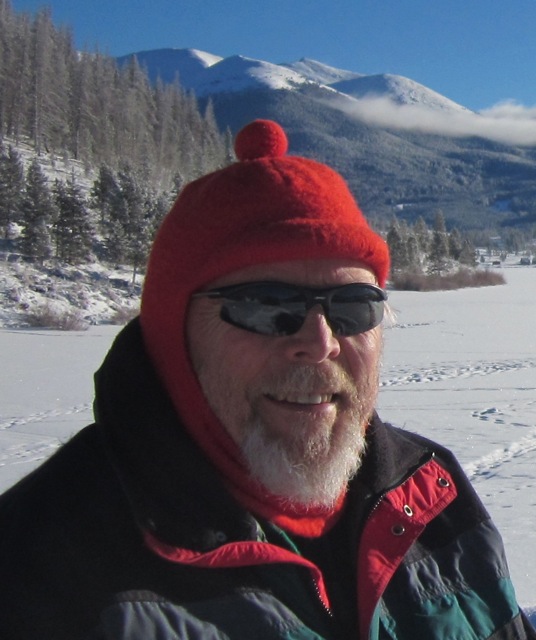 Michael Arloski, Ph.D., PCC, NBC-HWC is CEO and Founder of Real Balance Global Wellness Services, Inc. (www.realbalance.com). Dr. Arloski is a pioneering architect of the field of health and wellness coaching. He and his company have trained thousands of coaches around the world. His latest book is Masterful Health & Wellness Coaching: Deepening Your Craft. https://wholeperson.com/store/masterful-health-and-wellness-coaching.html
Michael Arloski, Ph.D., PCC, NBC-HWC is CEO and Founder of Real Balance Global Wellness Services, Inc. (www.realbalance.com). Dr. Arloski is a pioneering architect of the field of health and wellness coaching. He and his company have trained thousands of coaches around the world. His latest book is Masterful Health & Wellness Coaching: Deepening Your Craft. https://wholeperson.com/store/masterful-health-and-wellness-coaching.html
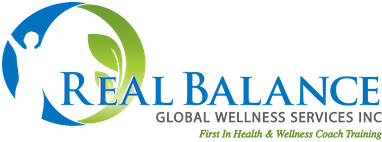





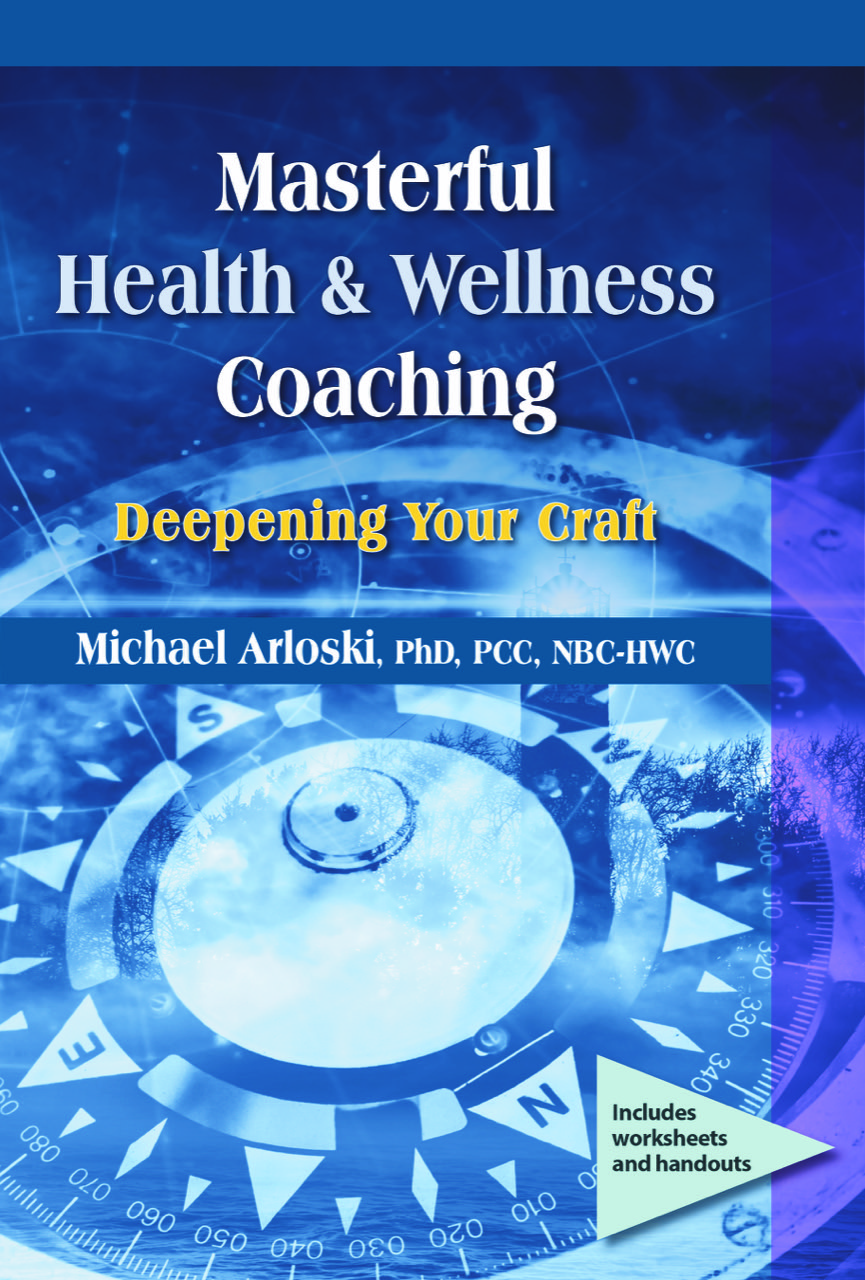

Only registered and logged in readers can leave comments.